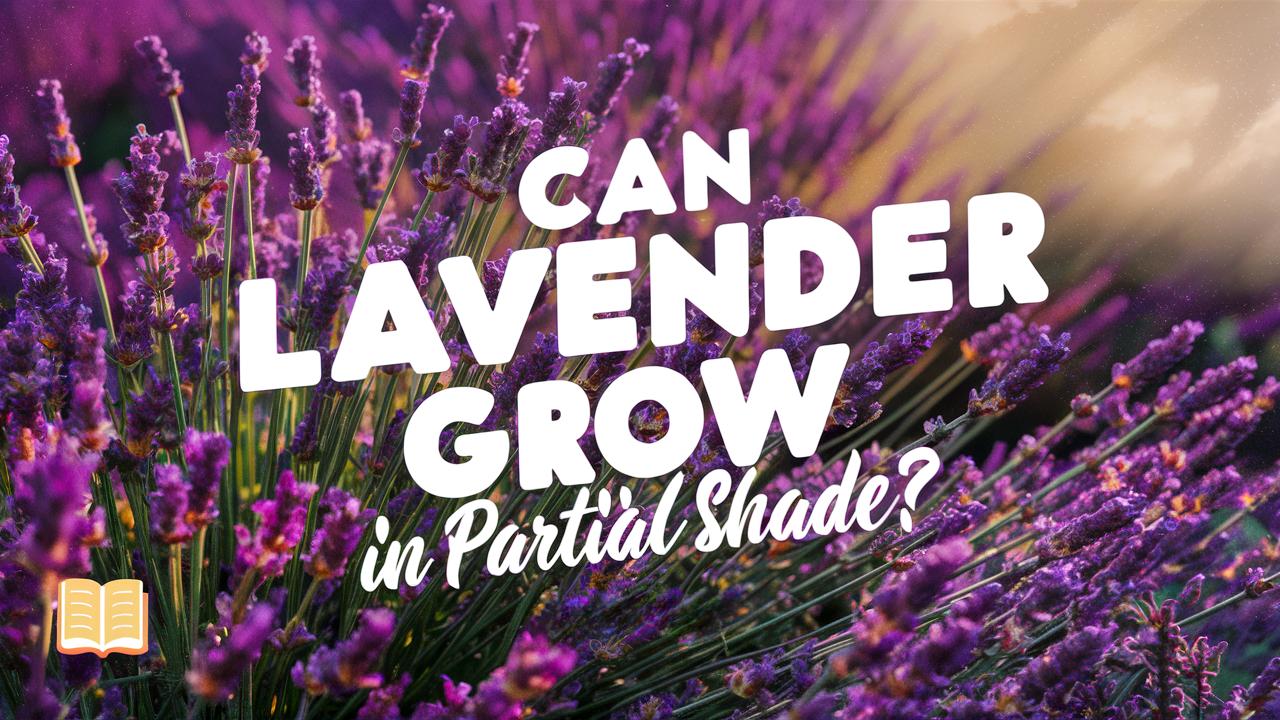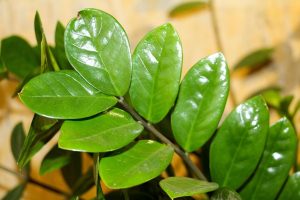In this comprehensive guide, we will explore the light requirements of lavender, its adaptability, and practical tips for growing this beloved plant in a less-than-sunny environment.
Understanding Lavender’s Light Requirements
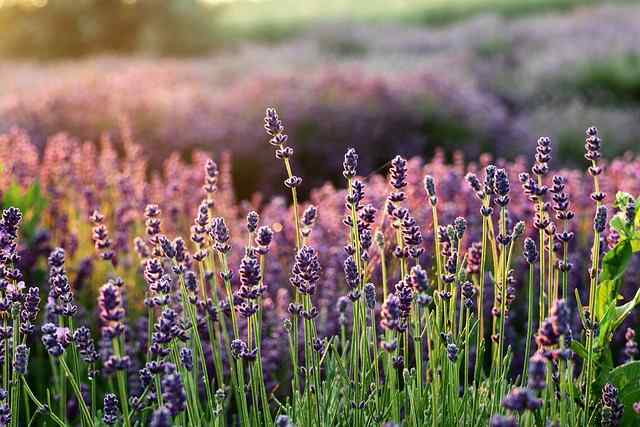
Before delving into the nuances of growing lavender in partial shade, it’s vital to understand the natural habitat of this enchanting plant. Native to the Mediterranean region, lavender flourishes in warm, sunny climates characterized by well-drained soil and plenty of direct sunlight. Typically, lavender plants enjoy six to eight hours of sunlight daily to blossom optimally, exhibiting the stunning purple hues for which they are famous.
When considering whether lavender can grow in partial shade, we must first define what “partial shade” means. Generally, partial shade refers to areas that receive about three to six hours of sunlight each day, with some hours spent in direct sun and others in indirect light or complete shade.
The Science Behind Light and Lavender
Light plays a crucial role in photosynthesis, the process by which plants convert sunlight into energy. Lavender, like many flowering plants, has evolved to rely on full sunlight for ideal growth patterns, including bloom production and overall vigor. Photosynthesis not only fuels the plant’s growth but also supports the production of essential oils that contribute to the plant’s fragrance.
In areas where sunlight may be filtered through trees or nearby structures, lavender may still survive but could exhibit slower growth, reduced flowering, and an overall weakened state. The competition for light from neighboring plants can also play a role in how well lavender adapts to shadier conditions.
Can Lavender Tolerate Partial Shade?
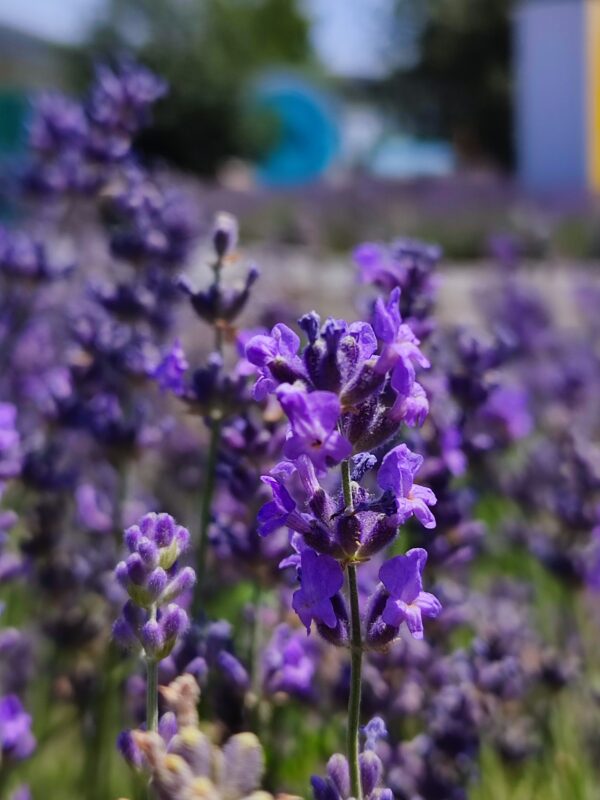
While lavender is best suited to full sun, many gardeners have successfully cultivated it in partial shade. The key is to consider the specific variety of lavender and the condition of the growing environment. Some species exhibit greater tolerance to less light than others.
Varieties of Lavender
Several species of lavender exist, each with unique characteristics and varying degrees of shade tolerance:
English Lavender (Lavandula angustifolia): The most common variety, renowned for its hardiness and delightful scent. While it prefers full sun, it can tolerate some shade, especially in warmer climates.
French Lavender (Lavandula dentata): Often found in Mediterranean gardens, this variety is slightly more tolerant of heat and dry conditions but still favors sun and may wilt in darker areas.
Spanish Lavender (Lavandula stoechas): Known for its distinctive rabbit-eared flower spikes, it enjoys sunny spots but can adapt to partial shade, given the right circumstances.
Lavandin (Lavandula x intermedia): A hybrid known for its robust growth and larger flowers. While it thrives in full sun, it can manage in partial shade if properly cared for.
Factors Influencing Lavender Growth in Partial Shade
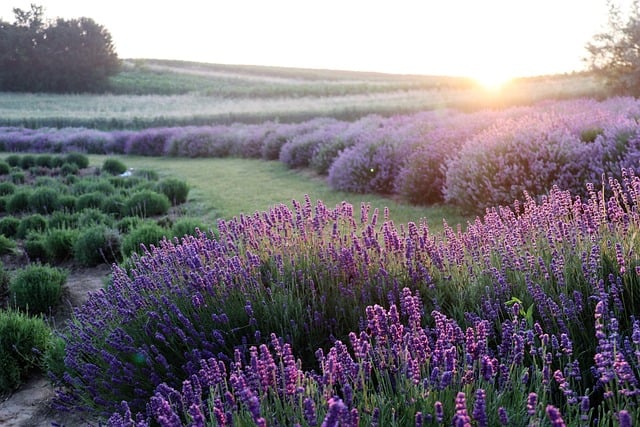
Several factors can influence how well lavender grows in partial shade:
Soil Quality
Well-drained, slightly alkaline soil is crucial for lavender’s success, regardless of the amount of sunlight it receives. In shaded areas, soil quality can often be compromised due to excessive moisture retention. Amending the soil with sand or gravel can improve drainage, reducing the risk of root rot and promoting healthy growth.
Microclimates
Creating a favorable microclimate can also enhance lavender’s resilience in shaded areas. If you’re planting lavender under trees or alongside structures, consider the following:
Select locations with dappled sunlight: Areas where the sunlight filters through leaves can provide some light while protecting the plant from direct overhead sunlight during the hottest parts of the day.
Sheltered locations: If your lavender has the benefit of a sun-soaked morning or late afternoon but receives shade during the harsh midday sun, it may thrive within that microclimate.
Companion Planting
Choosing companion plants wisely can maximize the benefits that sunlight-seeking plants provide. Certain herbs, flowers, or even vegetables that thrive in similar conditions can complement lavender’s growth. For instance, planting lavender alongside rosemary or thyme can create a visually appealing and fragrant garden while also promoting good drainage and pest resistance.
Seasonal Considerations
Understanding the seasons can be a turning point for planting lavender in shaded areas. For instance, the spring and summer months provide ample daylight and can help lavender acclimate to its environment. Conversely, winter can offer a chill that might inhibit growth if the shaded area stays excessively moist or cold for extended periods.
Care Tips for Growing Lavender in Partial Shade
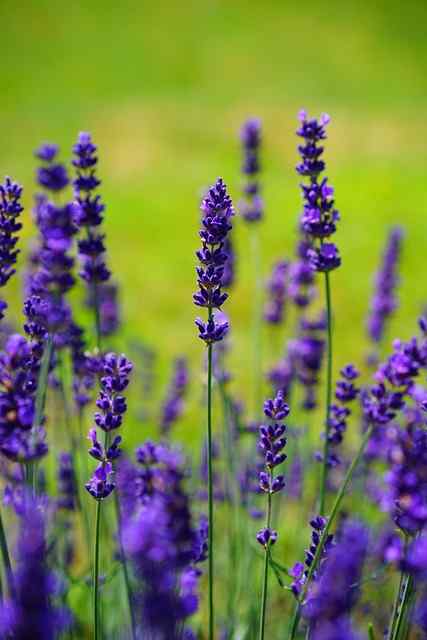
If you’re determined to cultivate lavender in a partially shaded area, here are focused care tips to help you succeed:
Regular Pruning
Pruning lavender is essential to maintain its shape, encourage bushy growth, and promote airflow around the leaves. In shaded areas, where airflow can be limited, pruning becomes even more critical. This practice helps prevent mold and pest infestations while enabling the plant to capture as much light as possible.
Monitor Watering Practices
While lavender requires well-drained soil, the presence of shade can inhibit evaporation. Keep a close eye on soil moisture levels; while lavender doesn’t like to dry out completely, it also doesn’t want to be waterlogged. Implement a watering schedule tailored to your climate—shaded plants generally require less frequent watering than those planted in full sun.
Fertilization Techniques
Lavender thrives in poor soil conditions, gaining strength in nutrient-scarce environments. However, in shaded zones, adding some organic matter, such as compost, around the base of the plant can be beneficial. Just be cautious not to over-fertilize, as too many nutrients can lead to lush, leafy growth at the expense of flowers.
Pest Management
While lavender is relatively pest-resistant, shaded environments can attract unwanted insects. Inspect the lavender plants regularly for signs of infestation, and consider using organic pest control methods if necessary. Companion planting can also help deter pests naturally.
Troubleshooting Common Issues
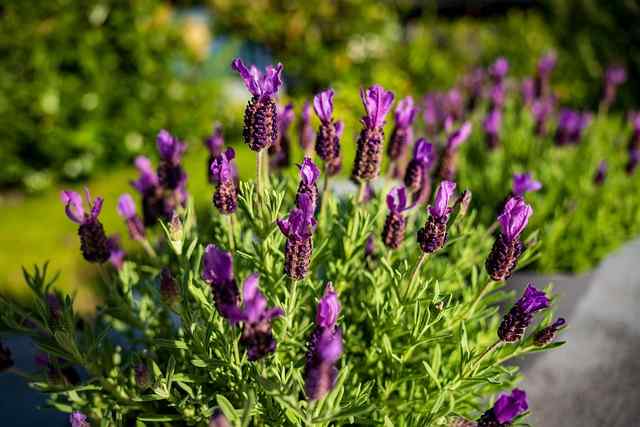
Despite following proper growing techniques, you may encounter certain issues when growing lavender in partial shade. Understanding these problems can help troubleshoot effectively.
Lack of Flowers
A primary concern for gardeners is the lack of blooms from lavender growing in partial shade. If your lavender appears healthy but is sparingly flowering, it’s likely due to insufficient sunlight. To mitigate this, consider relocating the plant to a sunnier spot or pruning nearby plants that might be blocking crucial light.
Weak Growth
If your lavender seems weak or leggy, it may be time to assess the soil and moisture content. Weak growth can also arise from too much shade. Look for ways to improve sunlight exposure, such as thinning surrounding foliage or relocating plants.
Root Rot
When planted in overly moist conditions, lavender roots can begin to rot. Ensure that your soil has excellent drainage, and avoid watering directly at the base of the plant. If you suspect root rot, gently remove the plant, inspect the roots, and replant it in fresh, dry soil.
Adapting Lavender to Your Garden
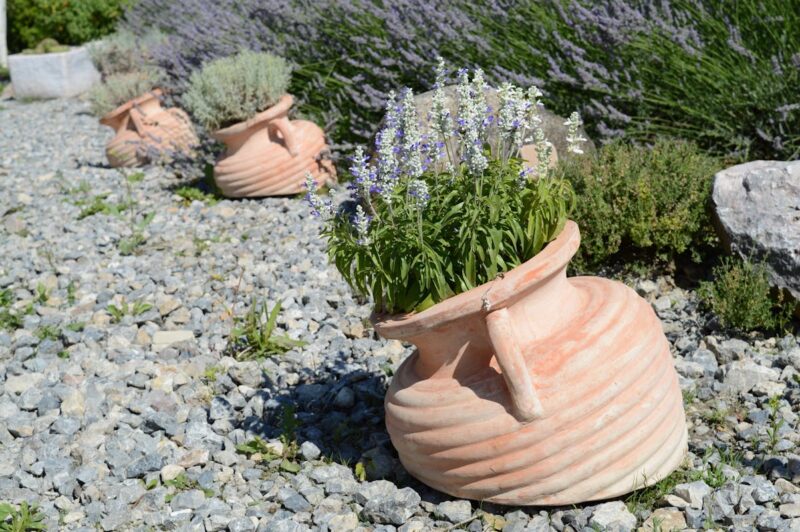
Lavender’s ability to adapt makes it a flexible choice for various garden designs. For those with limited sunlight, incorporating lavender into a border, rock garden, or container can be an effective solution. When utilizing containers, ensure that they have enough drainage holes and consider moving them as the seasons change to provide varying light conditions.
Container Gardening
Growing lavender in pots allows for mobility. You can relocate the containers to sunnier spots as needed, providing ample exposure to sunlight during essential growth periods. However, make sure to select a potting mix that allows for good drainage to accommodate lavender’s watering needs.
Intercropping
If full sun ensures a bountiful harvest of vegetables or fruits in your garden, planting lavender in between these spaces can be beneficial. As a companion planting strategy, lavender can attract pollinators, boost the health of neighboring plants, and contribute to pest deterrence, while still adapting to partial shade conditions.
Conclusion: Embracing the Possibilities
To answer the question, “Can lavender grow in partial shade?” the short answer is yes—it can! However, managing expectations regarding its growth pattern and bloom production is key. While it thrives best in full sun, with a well-drained soil mix and thoughtful care, you can indeed enjoy lavender’s beauty and fragrance even in less-than-ideal lighting conditions.


